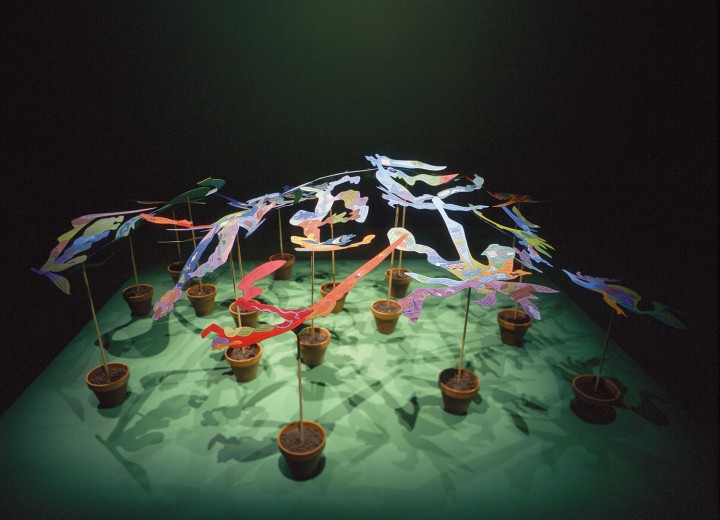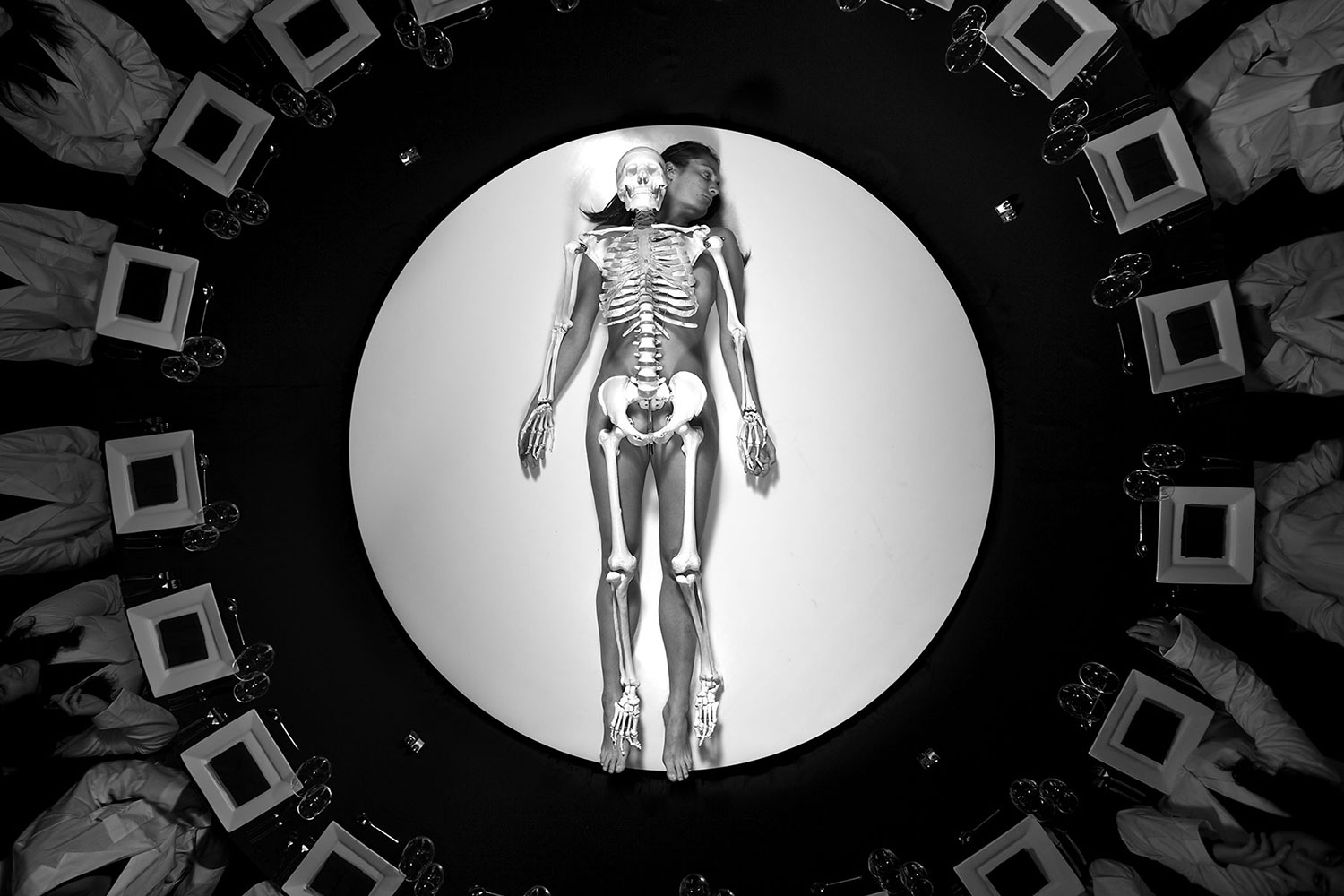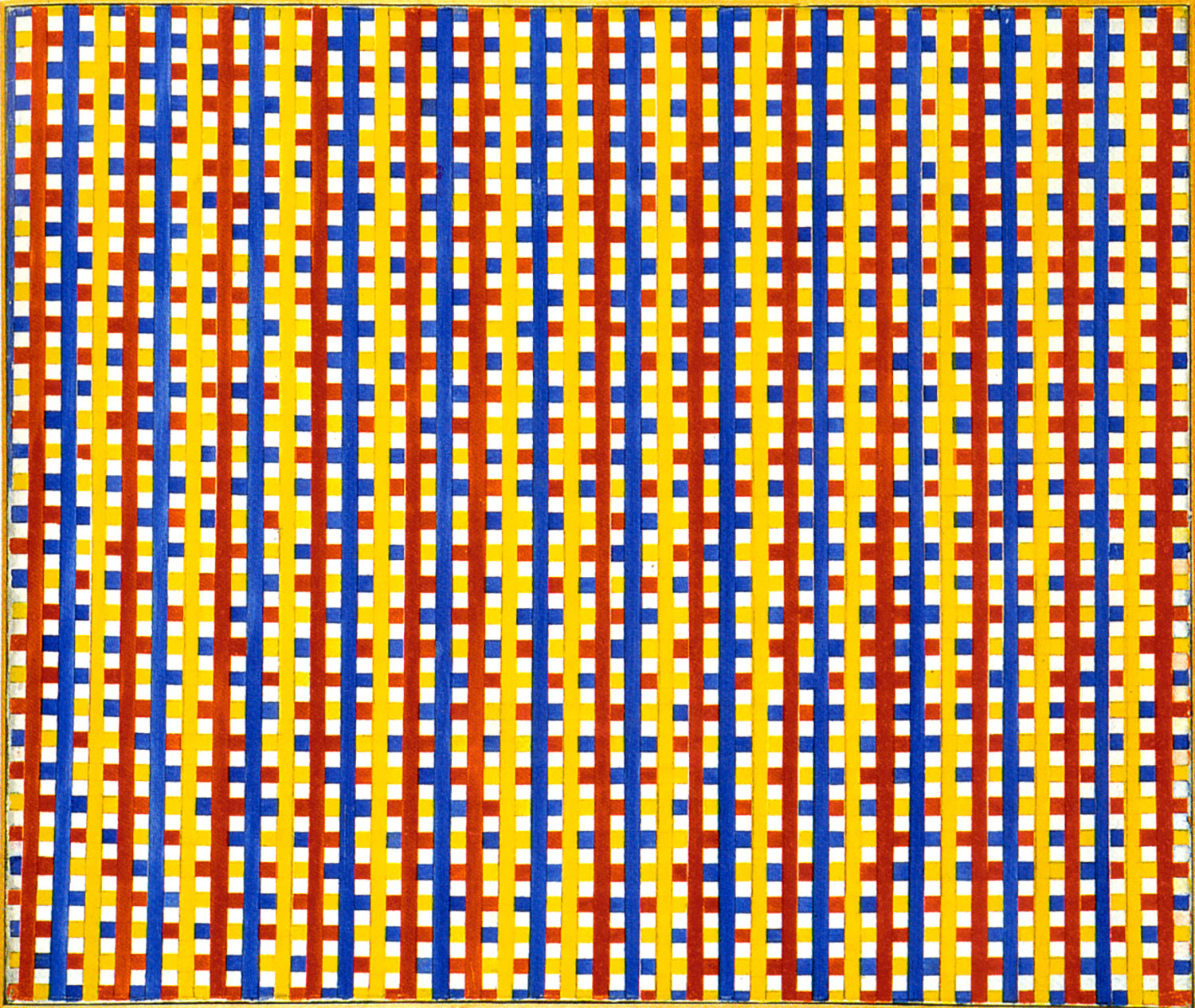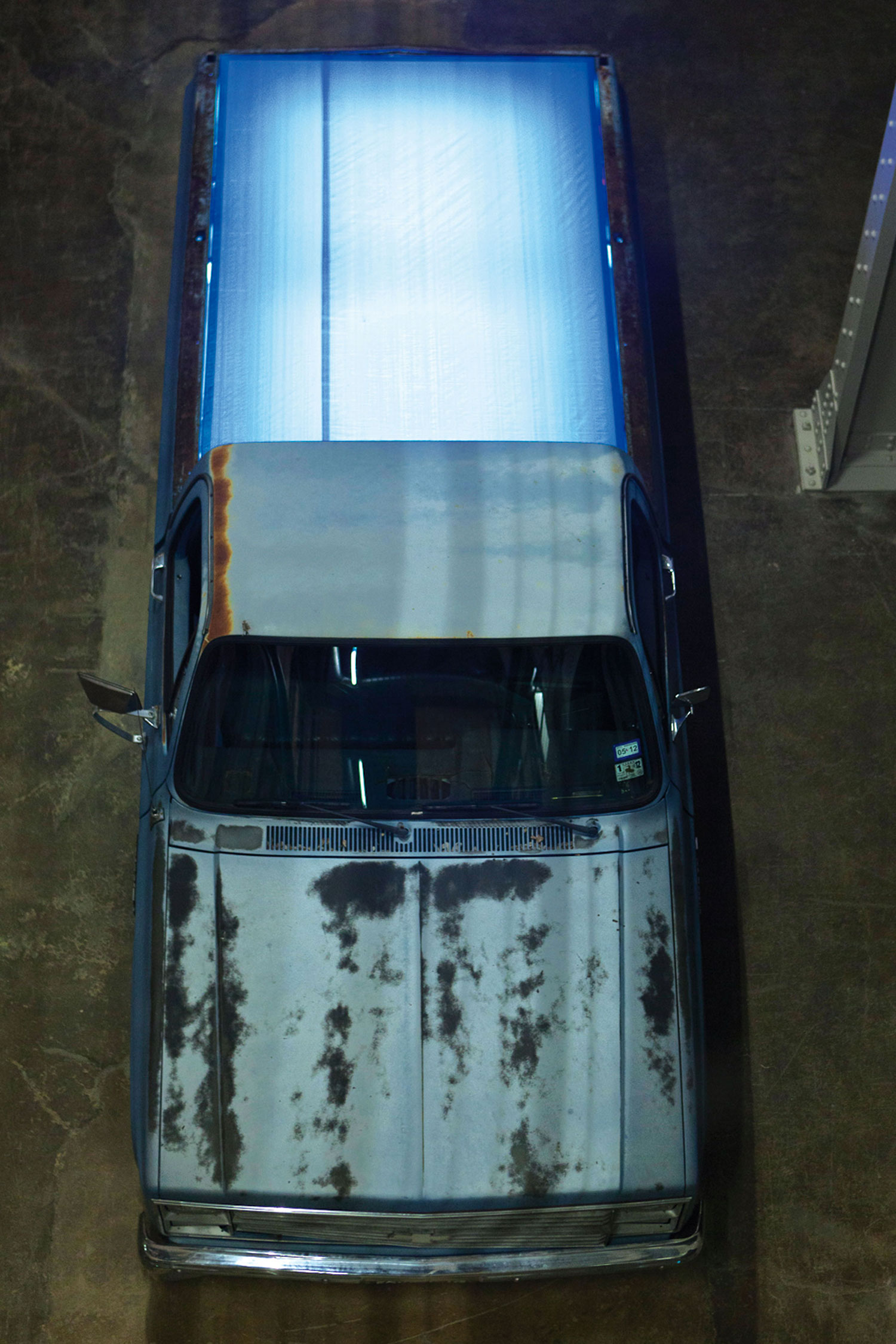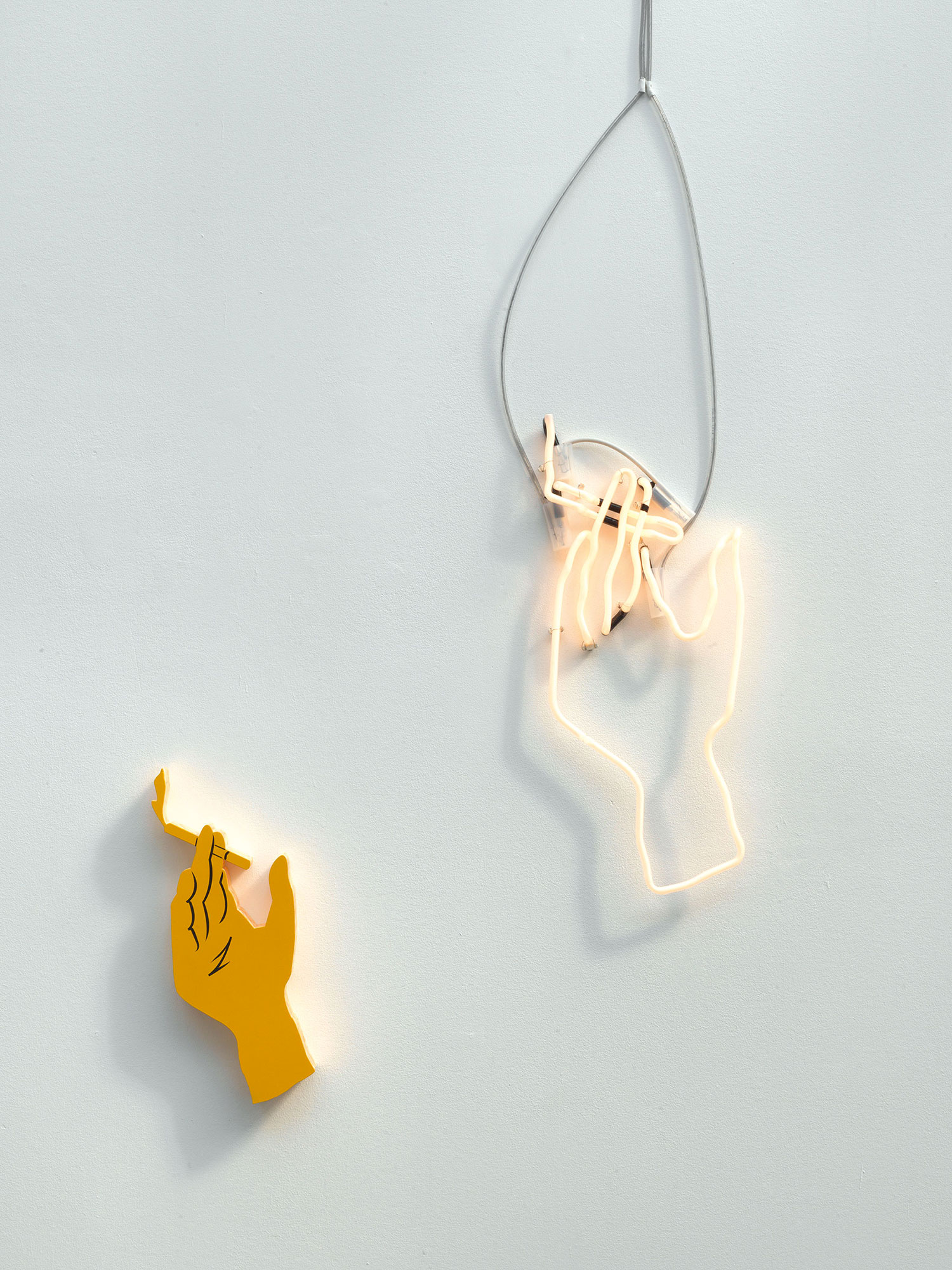
INSTITUTIONS
1) Compared to Europe, what are the characteristics of visual art in the Nordic countries? Is there a “Nordic art” we can speak of? If so, what are some of its characteristics?
2) Has the current economic crisis influenced the production of young artists from the country where you are based, whether it is Denmark, Finland, Iceland, Sweden or Norway? Has it influenced the activity of museums and institutions?
John Peter Nilsson
Director, Moderna Museet, Malmö, Sweden
1) In the last ten years things have changed regarding the regional differences in Europe. I don’t see any specific “Nordic” interest in nature or politics anymore. The region is rather incorporated in today’s issues and the effects of globalization — from criticizing economic differences to analyzing the production of value and meaning. I have, however, noticed a certain point of view developing, one that is honest and subjective.
2) Being an artist and trying to survive economically is a tough task. In Sweden, there are fewer young artists being picked up by galleries.
Markku Valkonen
Director, Espoo Museum of Modern Art, Espoo, Finland
1) It is certainly a long time ago that we could speak about Nordic characteristics in art. In the 19th century there was “Nordic light” to be found in painting and poetry. Today, these particular atmospheric conditions aren’t focused on. If there is anything that could be considered a point of difference compared to the rest of Europe, it might be a kind of detached coolness and avoidance of extremities. I am sure many would disagree.
2) There are no statistics as such, but sales by young artists seem to be on the decline. I am afraid we will notice the present economic crisis affecting artists in the future. So far, my institution has not reduced its program. In the city of Espoo funds are stable. EMMA seems to be an exception in Finland.
David Neuman
Director, Magasin 3 Stockholm Konsthall
1) I honestly don’t think there are any identifiable differences between art here and in the rest of Europe or the US. Sweden is a nation that has not been involved in any violent conflicts for over 200 years, which has very likely created a platform for a flourishing creative scene. Paradoxically, however, such a high level of material comfort may have resulted in a lack of edginess in some of the contemporary movements. We still have artists working with the theme of “Nordic light”…
2) Sweden hasn’t been hit by any major changes based on the economical crisis. The Swedes still think they are one of the richest nations in the world, which we are not. The traditional cultural institutions are primarily experiencing an intellectual crisis — most of them stopped believing in the art they are exhibiting or the collections they built. They think that social media will create the interest, and not the content! The hard-working art institutions are doing a great job, and the art scene in Stockholm is vibrant and extraordinary.
Marie Nipper
Chief Curator, ARoS Aarhus Kunstmuseum, Denmark
1) In my opinion it would be wrong to characterize Nordic art as something unconnected to the general tendencies in the international art world. But of course you can talk about some apparent Nordic associations in works by artists such as Olafur Eliasson, Jeppe Hein and Elmgreen & Dragset.
2) That’s hard to say at this point. We might need a few more years before we really see if the economic crises will have a real influence on the visual arts in terms of creating new modes of expression. But I do think that we have seen an effect already in an increased focus on collaboration and on strengthening the artistic community in Denmark. I actually feel that the economic recession has had a positive influence.
Solveig Øvstebø
Director, Bergen Kunsthall, Norway
1) This notion is somewhat inherited from the ’90s. At that point it made more sense to talk about a set of shared characteristics of what was happening — institutional consciousness and the relationship to the postmodernism, combined with an international awakening. Today the situation is much more complex and diverse. I think it makes little sense to isolate the Nordic art scene from the European, simply because those borders do not exist. Having said that, it would be blunt to ignore the privileged situation that the Nordic countries find themselves in. The welfare system creates funding opportunities that can hardly be compared. On the downside this might lead to lazy self-sufficiency, but when exploited in the best sense, this common platform of artistic possibilities creates dialogue and valuable collaboration. It makes more sense to talk about this common (political and social) ground instead.
2) It would be quite misleading to state that Norway has been struck by a financial crisis. One might say, though, that there are signs of nervousness or general insecurity about the financial situation in Europe. Questions like “When and how will it reach us?” are constantly addressed by the media. As Norwegian cultural institutions are mostly publicly funded, the way they get affected by this is mainly by the fact that it is harder to get sponsors.
GALLERIES
1) What is it like running a gallery in your country? Do you have enough local collectors or is there a need to network abroad and take part in art fairs?
2) Do you feel the economic crisis in your country? If so, how do you deal with it?
Ciléne Andréhn
Andréhn-Schiptjenko, Stockholm
1) Sweden has a lively scene for contemporary art, and Stockholm has numerous galleries and institutions. However, we are a small country that was extremely poor only one hundred years ago, and also one that was industrialized very late and very quickly with a focus on material growth, so there is hardly any tradition of supporting the arts. At Andréhn-Schiptjenko, from the outset we have worked at creating an international network by traveling and participating in art fairs. With the program we maintain it would not be possible for us to survive only on the local market. And intellectually and artistically, we need the input from abroad.
2) Generally speaking, Sweden has a good economy and has been less touched by the crisis than the US and some of the European countries. However, the crisis is global, and since we operate internationally of course we are affected by it. We deal with it the way we can; by cutting costs, employing a small staff, being very prudent with productions and negotiating with our suppliers.
Börkur Arnarson
i8, Reykjavik
1) Given the extraordinarily small population of Iceland, we are fortunate to have a strong client base in the Americas and Europe, and also solid collaborative relationships with other galleries abroad. Most of our business is outside of Iceland. However, there is an important group of serious collectors here that we rely on for daily feedback and the local cultural context.
Collectors visit us in Reykjavik, but we take part in five or six art fairs a year where we meet most of our clients — old and new.
2) We have been suffering less from Iceland’s economic crisis than might be expected, but then again, we also benefited less from the preceding boom years as well.
The local contemporary art market is not only small, but very young, so unless people were already interested, they generally spent their newfound wealth elsewhere. It’s been interesting to see how relatively insulated the contemporary art market has been from general market forces on a global level.
Our experience has been that collectors in all wealth brackets are not collecting speculatively but out of a real connection with the work and artists, so we have continued much the same as before. Actually, despite the drop in value of the króna against the dollar and euro, we have been producing more work and taking part in more shows and art fairs than before.
Kaj Forsblom
Forsblom, Helsinki
1) Given the extraordinarily small population of We have a very active audience in Finland. For example, our gallery relocated in May 2011 to a new 850-square-meter site designed by Gluckman Mayner Architects from New York, where 500-600 people attend each of our ten annual openings. Regarding collectors, there are a few very serious ones from both the private and museum sectors. However, in order to cover the costs of expensive international exhibitions we also need to take part in art fairs.
2) The client’s decision-making can take more time, especially when it comes to more expensive pieces by foreign artists. Established and emerging Finnish art of good quality sells in much the same way as before the economic crisis.
Eivind Furnesvik
Standard (Oslo), Oslo
1) I only know what it entails to have a gallery in Oslo, Norway, and would not have one there if it didn’t make sense. We’re fortunate to have the support of a few local collectors, but we always want to be in dialogue with a bigger audience. Art fairs and traveling to see our artists and clients elsewhere are therefore needed.
2) I hardly think any part of industry or commerce will not have been affected by what was essentially a global financial crisis in 2008. Norway is of course blessed with a mixed economy where the large number of people employed by the public sector and the petroleum wealth of the government provide a sense of stability. However, one learns a lot from such challenges, and I’m glad to say that both the gallery and the artists kept moving forward during the year that consequences were felt.

